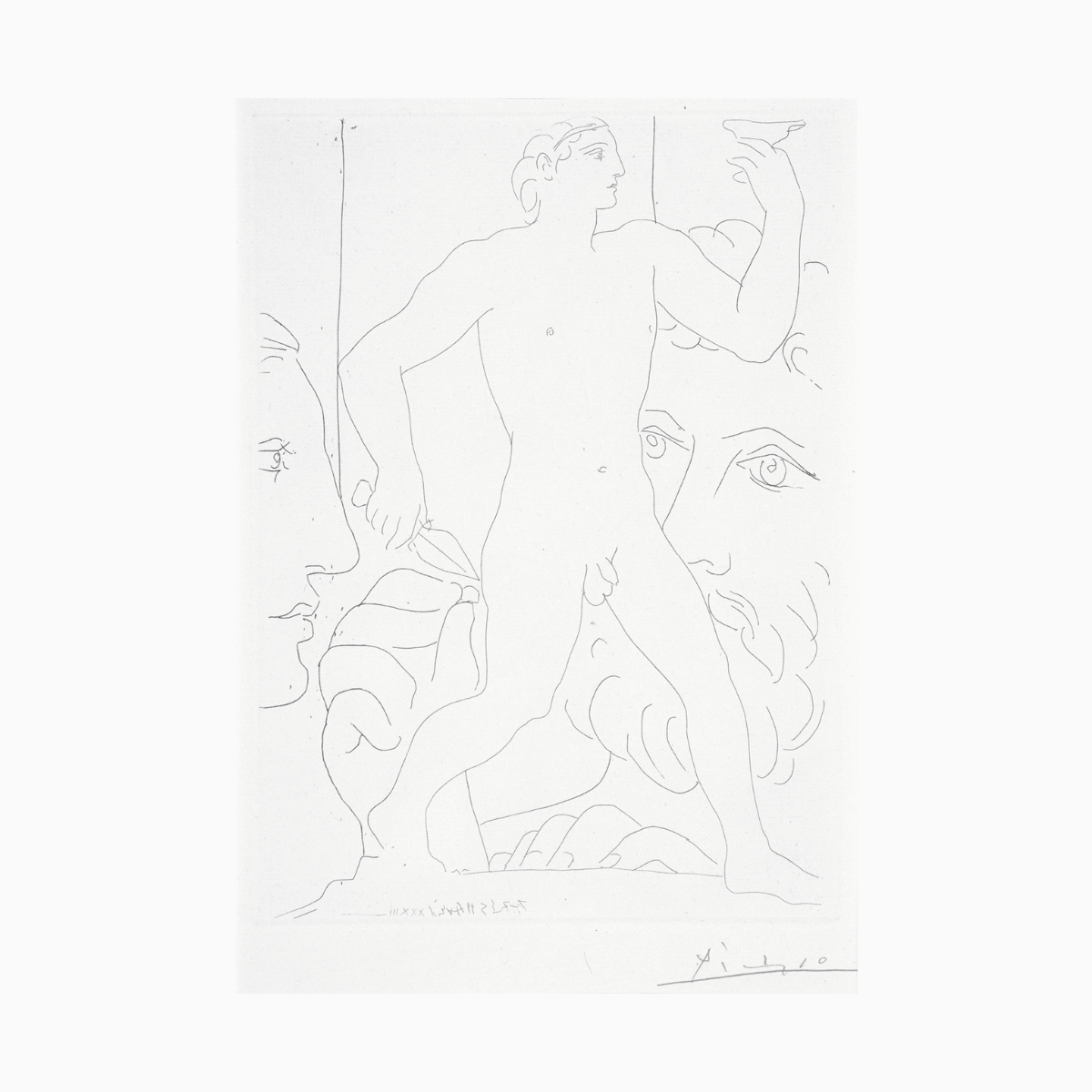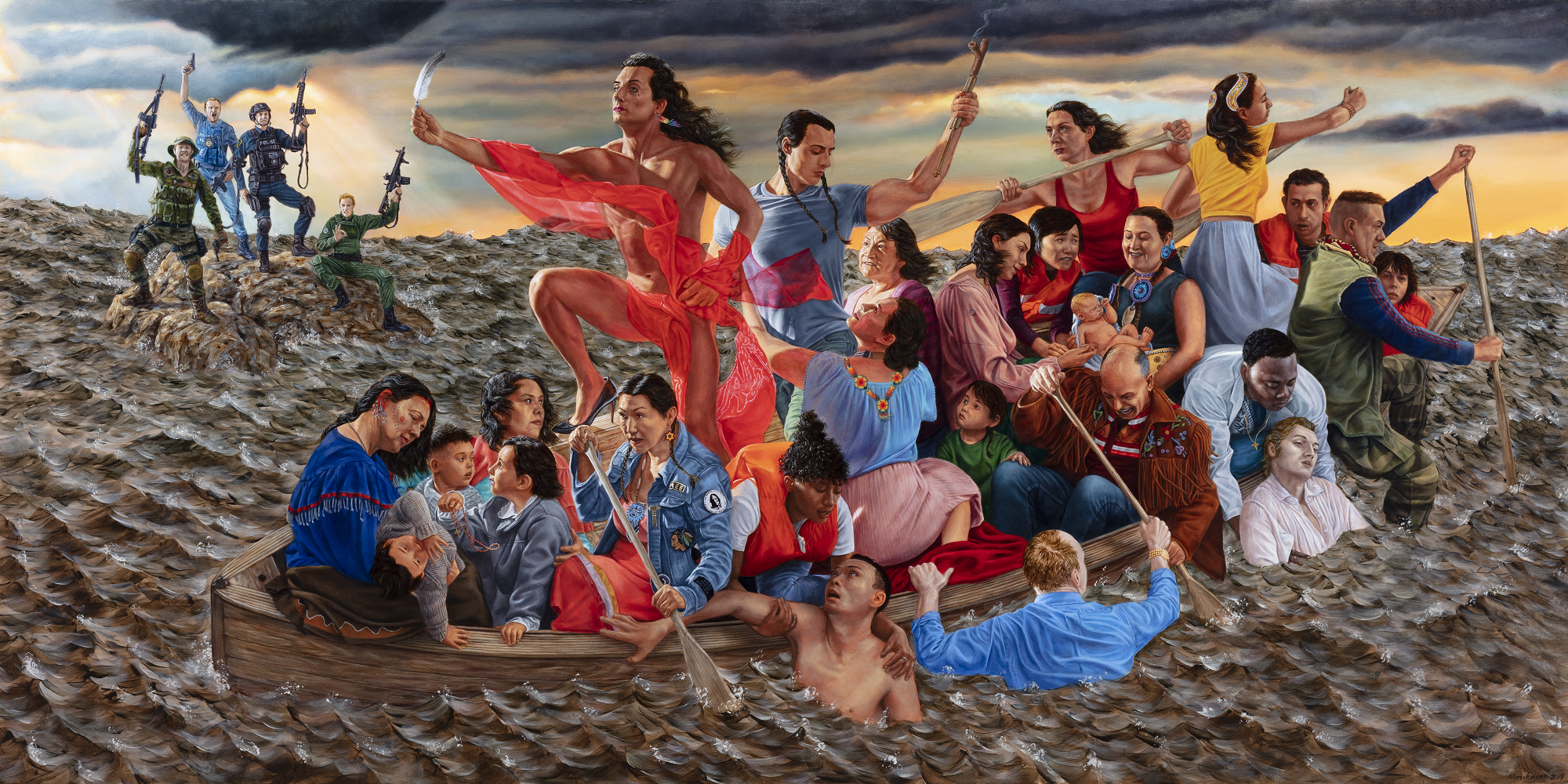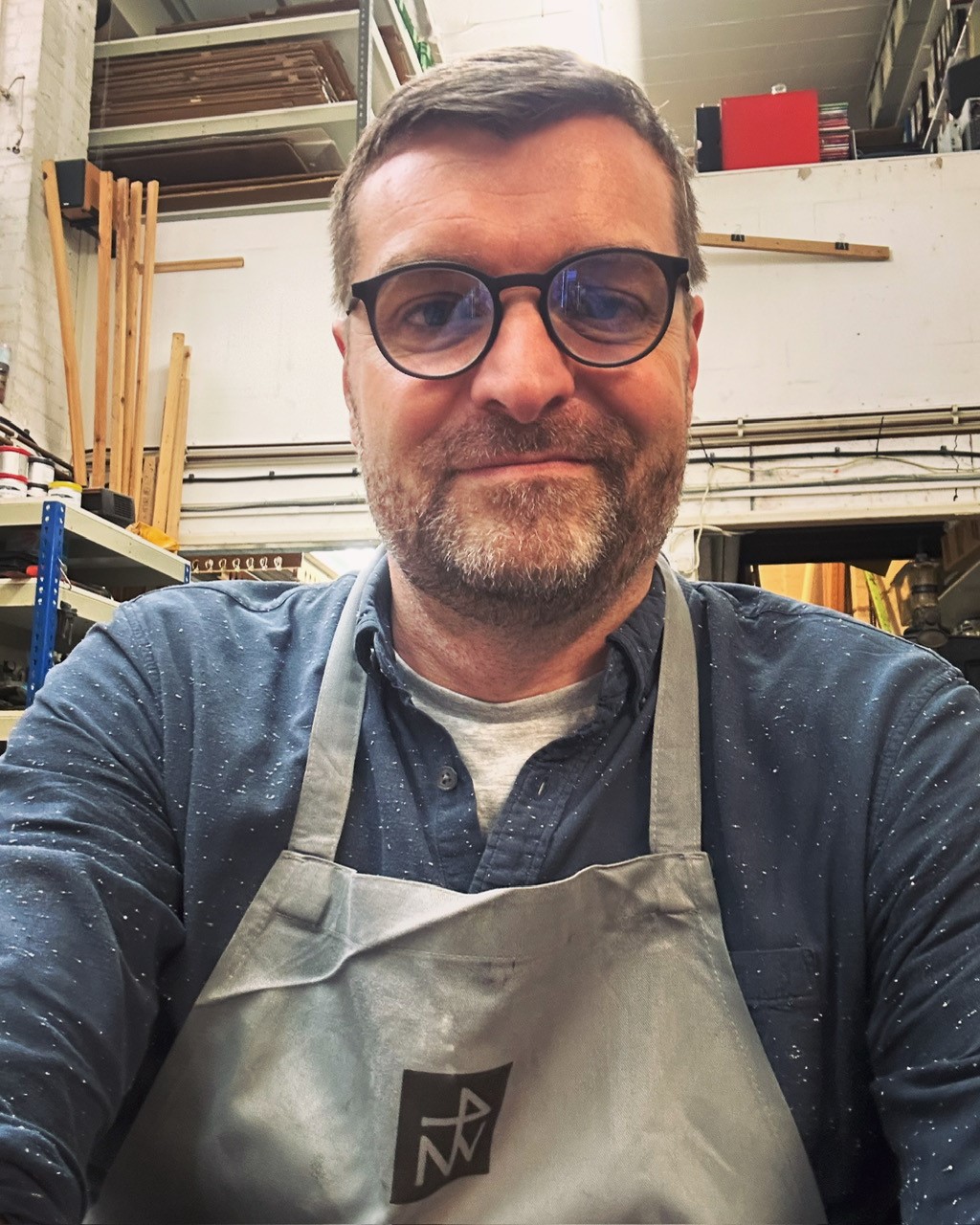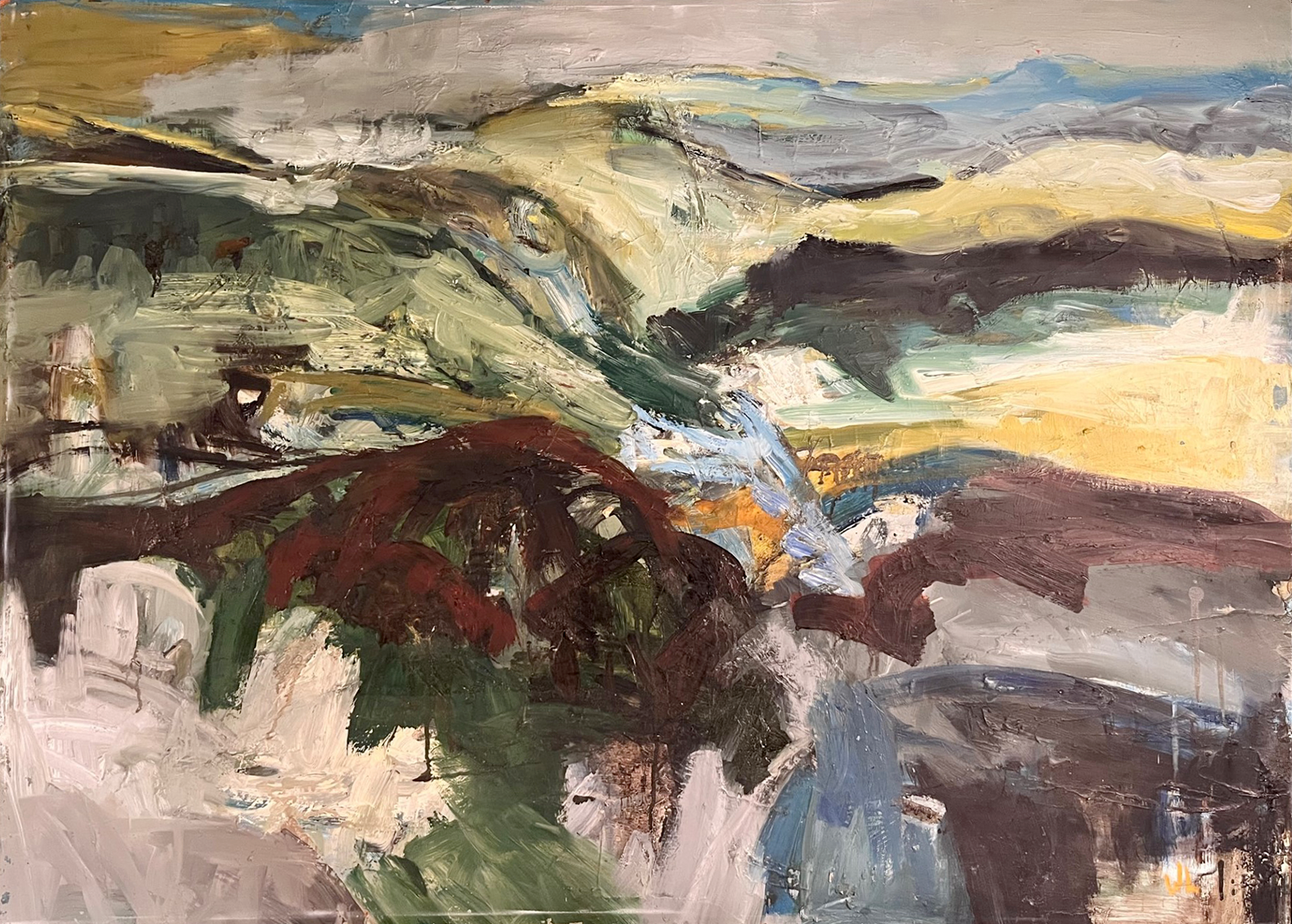Artists have looked to the human form as a subject and source of inspiration for millennia. In a way, painting the nude form is one of the most direct ways for artists to explore vulnerability and human experience in the broadest possible terms. When I joined the AGGV curatorial team, I naturally started looking through the vast collections and became intrigued by the number of fascinating figurative works I encountered. It was not the fact that we had nudes in the Collection that drew me in; that was to be expected. It was more that we have a truly remarkable group of figurative works in the AGGV Collection.

The works in our collections are remarkable for their quality, for the range of artists represented and for their ability to illustrate how artists and critics alike have thought about the nude as a subject over time. We have works by leading European artists of the early twentieth century, including Picasso and Renoir, as well as truly important works by British Columbian artists, including BC Binning and Michael Morris, to name just a few. These works speak to a city and a gallery that developed over time by individual artists, collectors and curators. It was through this process of getting to know the AGGV collections that I decided to put together the exhibition, In the Flesh: The Nude in Art, Past and Present.

Debates around what defines a nude form versus a naked subject have shaped art history, and provide a useful structure for looking at the nudes within the AGGV Collections. One of the most influential writers to define this debate was the art historian Kenneth Clarke, who published a book entitled, The Nude: A Study of Ideal Form in 1956. In this work, Clarke set out to re-establish the nude as a noble subject, anchored in classical history, and defined by a formalist appreciation for idealized beauty. Clarke’s theory was famously challenged by the critic John Berger in his groundbreaking 1976 book, Ways of Seeing. In a chapter on the nude, Berger rejected Clarke’s concepts of noble, ideal form as staid and limited. According to Berger, there was a stark difference between the nude and the naked, anchored in a concept of identity and the interaction between viewer and subject. Berger argued,
To be naked is to be oneself. To be nude is to be seen naked by others and yet not recognized as oneself.
For Berger, the concept of the nude was inextricably tied to the act of being viewed by others: it meant the subject was undressed for the purpose of being observed. Berger’s ideas were certainly of his time and can be seen as part of the works you will see from the 1970s and 80s within In the Flesh. Beyond these historical references, In the Flesh will also contain some works by living, contemporary artists that speak to issues of our own time. Here we can see shifting ideas of gender and sexual identity as well as raw, vulnerable depictions of lived experience in the twenty-first century.
Written by Steven McNeil, Chief Curator & Director of Collections and Exhibitions of the AGGV
In The Flesh open on December 9, 2023 and runs until March 31, 2024
Feature Image: Thomas Reid MacDonald, Untitled, 1937, oil on canvas, 56 × 46.6 cm (22 1/16 × 18 3/8 in.), Gift of Mr. H. Hewetson, AGGV 1986.006.001



